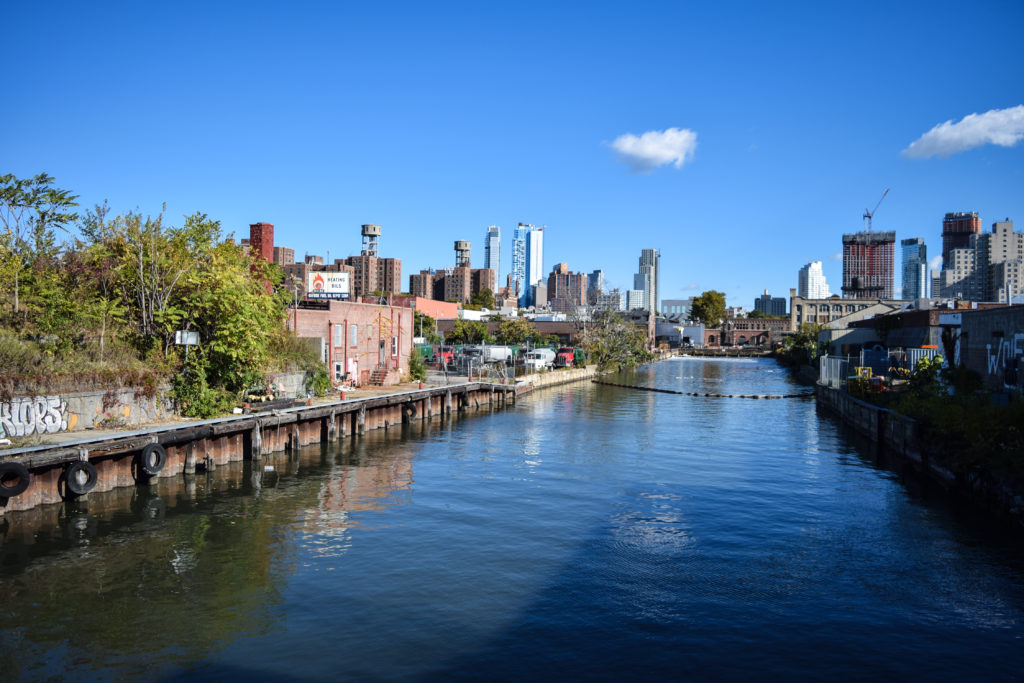Trump’s EPA rejects city’s tunnel plan for Gowanus Canal cleanup

The Environmental Protection Agency has rejected a competing plan put forth by the city to keep untreated sewage from entering the toxic Gowanus Canal.
In a letter obtained by the Brooklyn Eagle, Pete Lopez, regional administrator for EPA Region 2, told the city’s Department of Environmental Protection that his agency would move forward with its long-established decision to build two massive retention tanks along the canal — rather than install a tunnel to collect waste.
“I personally reviewed at great length the materials the city submitted and discussed with others at EPA their analysis of the city’s tunnel proposal, including the potential risks and rewards related to the overall effort to clean up the canal,” Lopez wrote to DEP commissioner Vincent Sapienza on Friday.
